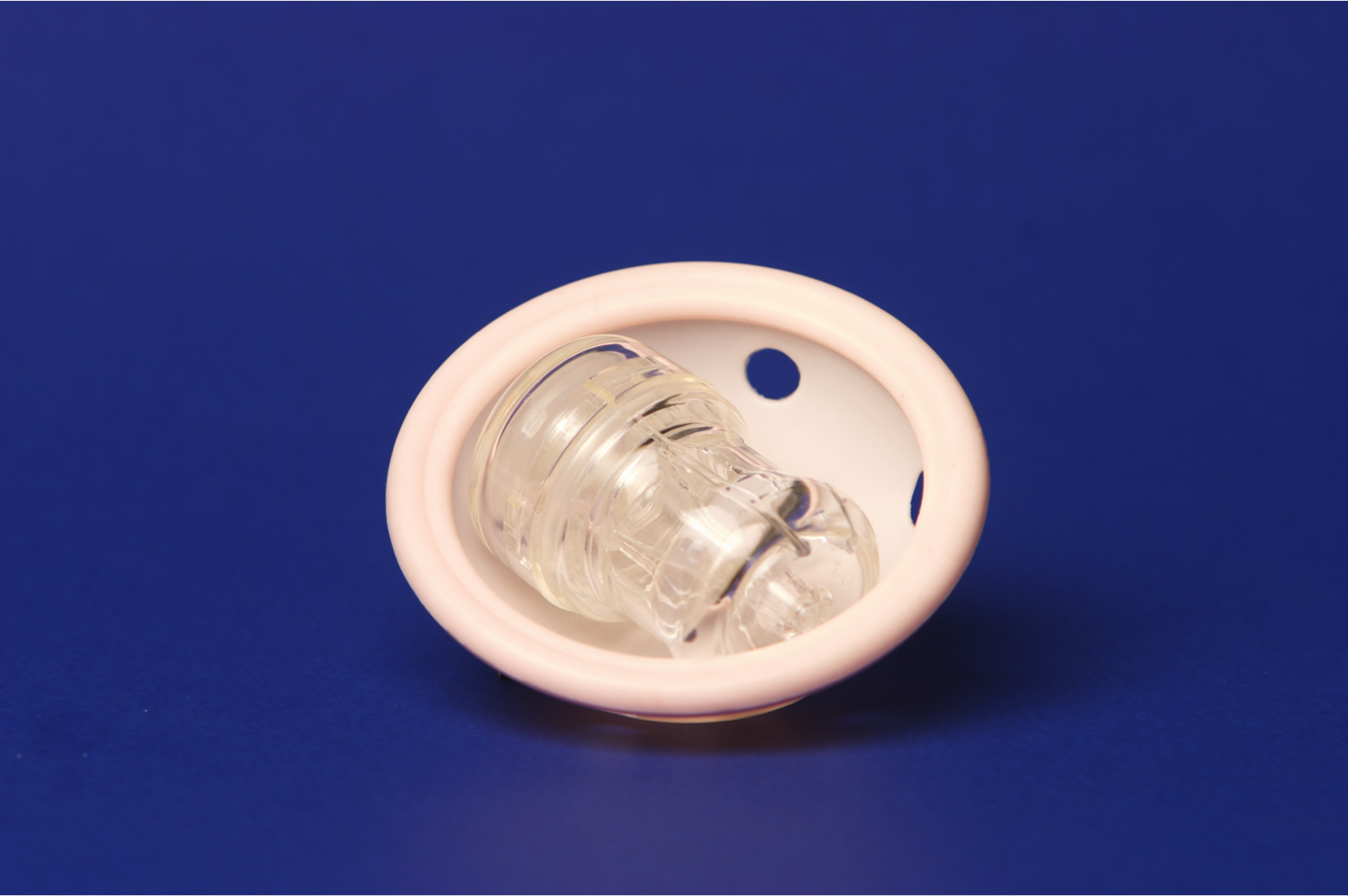

The primary motivation behind developing Effortless IVF was to ease the path to parenthood for as many people as possible.įor patients in the metroplex, throughout Texas or in neighboring states, effortless IVF may be the solution to their fertility journey. Encountering roadblocks on the journey to parenthood is difficult enough without struggling with impersonal, confusing, and expensive health services.

Patients who turn to Effortless IVF receive the utmost kindness and compassion. The process behind effortless IVF® relies on the revolutionary INVOcell device, which comes into play after the egg retrieval. Doody and his wife, Kathleen Doody, MD, are the team behind the development of Effortless IVF, an innovative technology that allows more people to access in vitro fertilization (IVF) at an affordable price. With effortless IVF®, many patients can bypass the majority of expenses associated with conventional IVF and still achieve comparable success rates. Doody sought to solve this problem by taking a close look at how fertility care is performed in America and where he might make improvements.ĭr. Kevin Doody, MD, knows firsthand how difficult it can be to navigate fertility challenges, which is part of why he developed effortless IVF® with his wife, who is also a fertility specialist serving Bedford and Fort Worth, Texas.Įveryone deserves access to the very best fertility care, but these treatments can be prohibitively expensive for many families.

With a fertilisation rate over 90 per cent, the INVOcell device actually performed slightly better than a laboratory incubator.Īn increasing number of same-sex female couples are choosing to undergo Reciprocal Effortless IVF.Planning to welcome a new child into the family is exciting, but for those who struggle with infertility, the experience can be incredibly stressful. The INVOcell device, which is placed in the woman's body, has shown to be just as effective as lab incubation while being a much more affordable option. Effortless IVF Success RatesĪccording to Dr Doody's website, findings in their clinical studies showed great similarities in the rates at which fertilisation which occurs when Traditional IVF and Effortless IVF is compared. This reduces the number of medications needed, as well as the costs associated with them. In the Effortless IVF procedure, the patient's health, age, and weight determine her dosage of medication, and no adjustments are made during treatment.

The embryo is then transferred into the uterus of the woman who eventually gives birth. The first female holds the device containing the sperm and egg that becomes the embryo in her body for five days. Does this mean both the women get to be pregnant? While Effortless IVF typically involves the same female providing the egg and carrying the embryo, Reciprocal Effortless IVF involves one female providing the egg and initial incubation environment, another egg carries the embryo to term in a pregnancy. In traditional IVF, the egg and sperm are fertilized in a laboratory, which greatly increases the cost of treatment. What is the difference between Effortless IVF and Reciprocal Effortless IVF? INVOcell is a small, cylindrical, medical device that houses the sperm and eggs and is placed inside the vagina to provide optimal conditions during the incubation period. First, the partner's uterus is evaluated, and when the right time comes, the embryo is placed inside her. After five days, the INVOcell is removed by a doctor and the embryo is frozen.ĥ. The vagina, acting as an incubator, carries the embryo for five days.Ĥ. They are then transferred to the INVOcell device, which is moved to a woman's vagina.ģ. First, the eggs are retrieved from the female, then the sperm and egg are placed in a test tube for five minutes.Ģ. It is a procedure that uses an FDA approved device called the INVOcell which assists in reproduction.


 0 kommentar(er)
0 kommentar(er)
